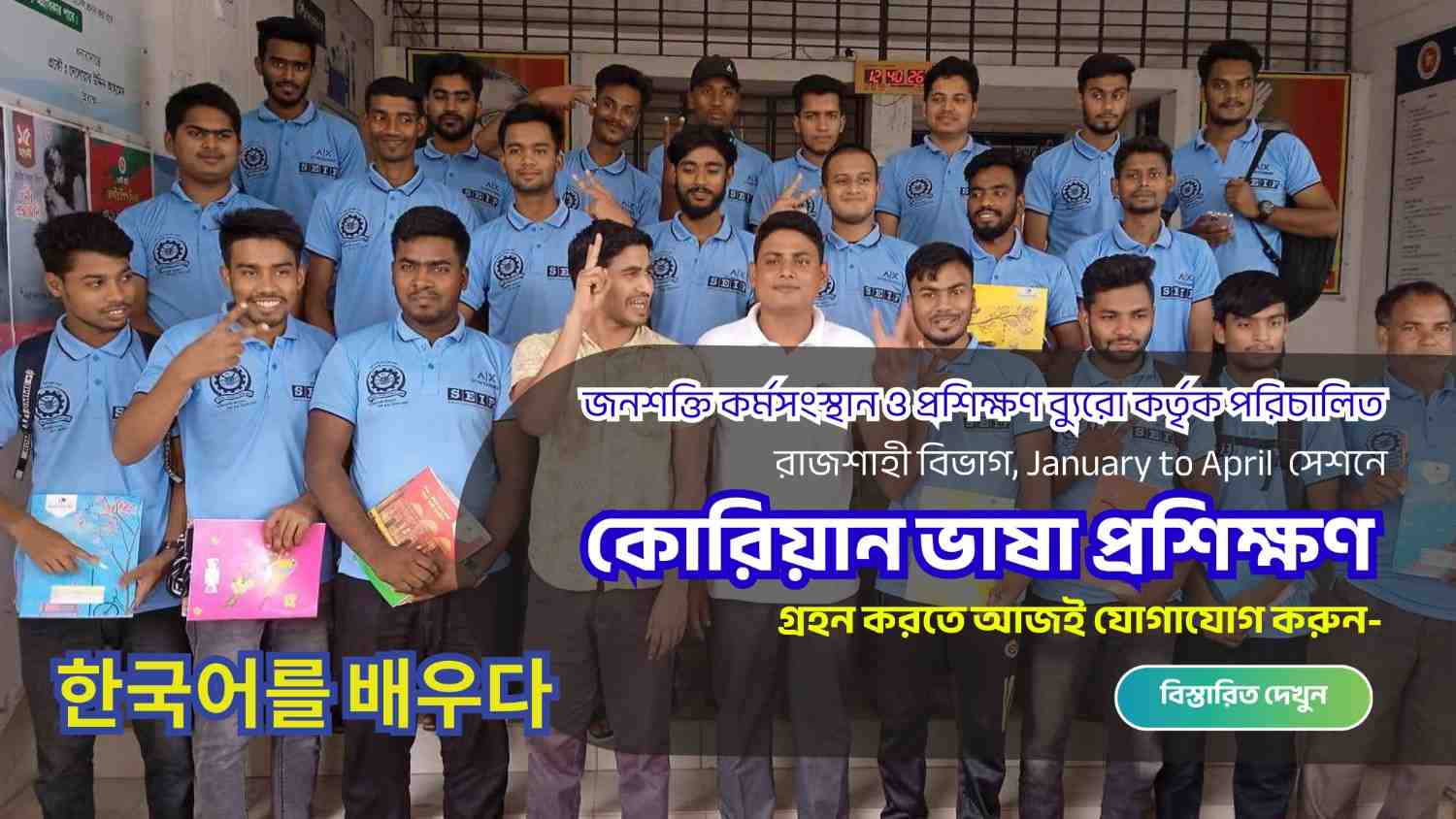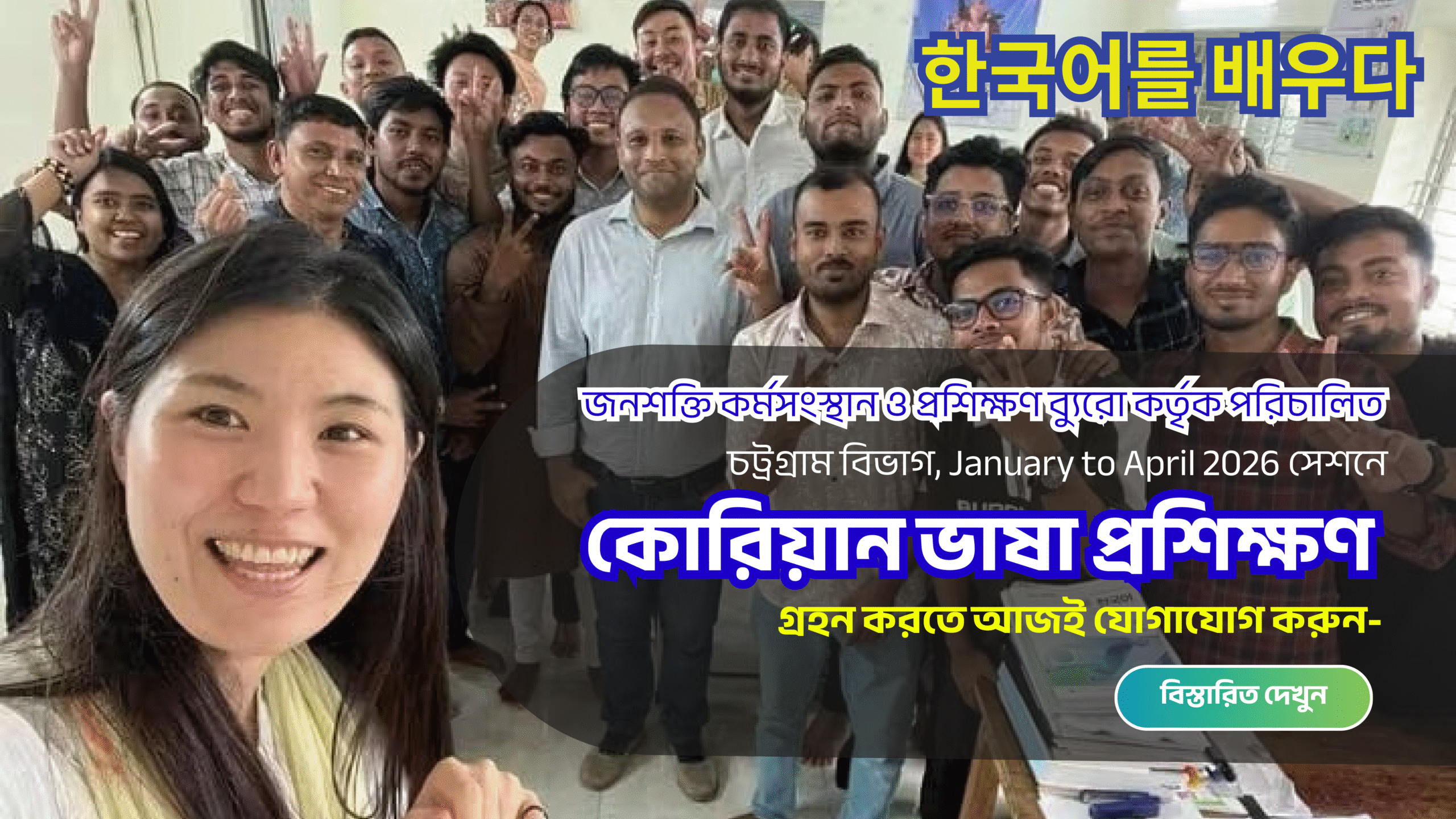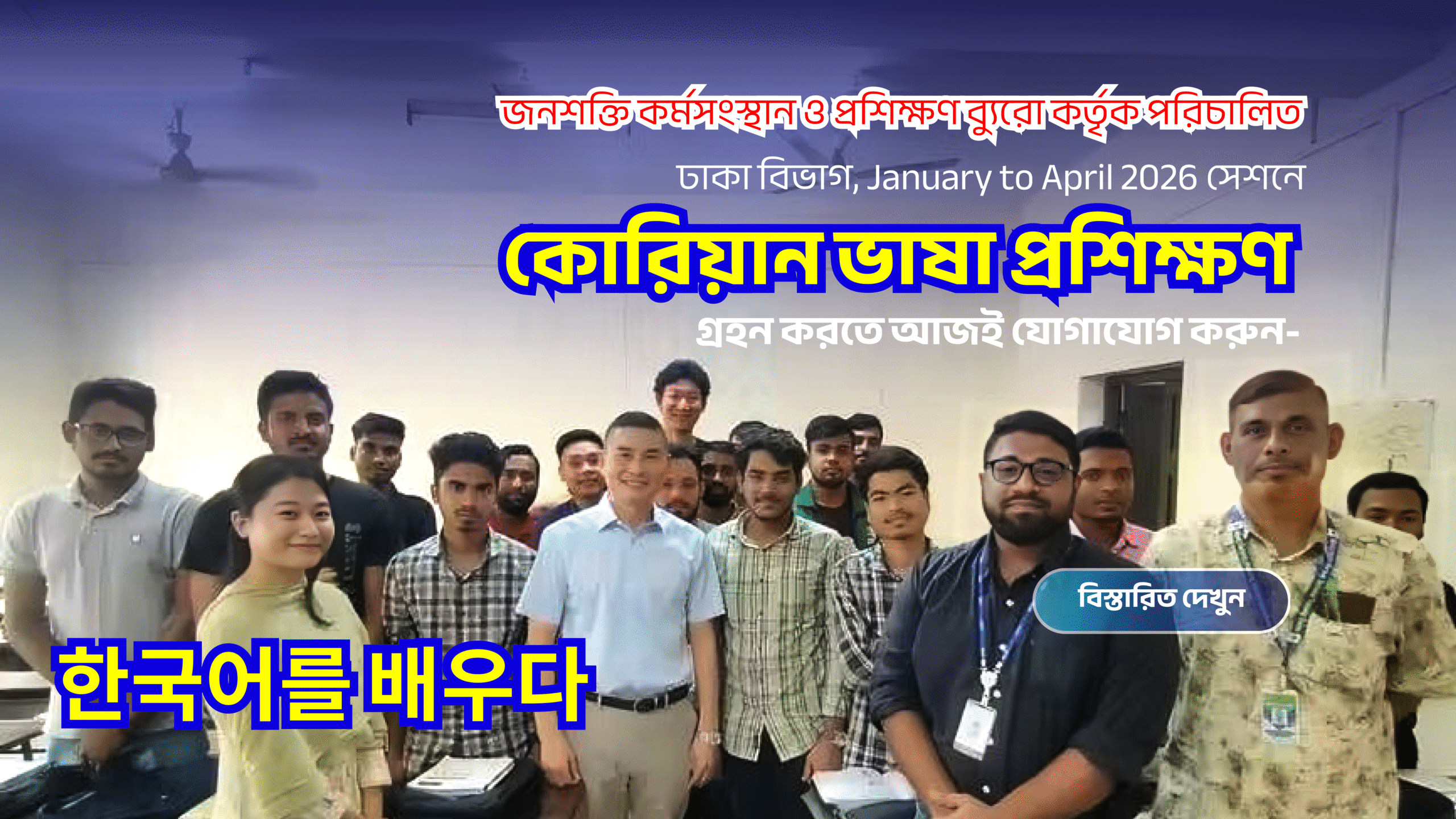Dhaka Elevated Expressway is Bangladesh’s first elevated expressway project, which will connect the Shahjalal airport with Kutubkhali via Mohakhali, Tejgaon, and Kamalapur of Dhaka, Bangladesh. It is one of the largest infrastructure projects taken up by the incumbent government to ease traffic congestion in the capital. It will be 19.73 km (64,700 ft) long (46.73 km with the connecting ramps) and will cost around 122 billion (US$1.1 billion). On September 2, 2023, Prime Minister Sheikh Hasina ceremoniously opened the Airport-Farmgate section of the Dhaka Elevated Expressway, with her motorcade covering the toll of Tk 2,000 for 25 vehicles. Prime Minister Sheikh Hasina inaugurated the 11.5 km Airport-Farmgate section of the 19.73 km Dhaka Elevated Expressway, a pioneering infrastructure project in Bangladesh. This development holds great promise for alleviating traffic congestion and shortening commuting times in the capital city. Commuters were thrilled to be able to cover the distance between Kawla and Farmgate in just 10 minutes, with speeds reaching up to 60 km per hour. The Dhaka Elevated Expressway has several advantages over other modes of transportation, including cost and time to destination. The communication system would be streamlined, and traffic in Dhaka city will be significantly less congested. The Dhaka Elevated Expressway will shorten travel distances and lower costs. The unpleasant event will be forgotten by people. Simply said, the Dhaka Elevated Expressway will have a big impact on the nation’s economic growth.
“Smart Bangladesh’’ is a term that refers to the use of technology and innovative approaches to improve the lives of people and the overall development of the Country. In this context “Smart’’ refers to the use of advanced technologies, such as the Internet of Things (IoT), Artificial intelligence (AI), and data analytics, to improve various aspects of society, such as healthcare, education, transportation, and governance. Smart Bangladesh -2041 is a vision and policy of the government of Bangladesh to build a digitally enabled, smarter, and more sustainable country. It aims to leverage the power of technology to improve the quality of life for all citizens, create new economicBangladesh-German Technical Training Center (BGTTC) in Mirpur, Dhaka, managed by “Manpower Employment and Training Bureau” under “Ministry of Expatriate Welfare and Foreign Employment” to meet the needs of skilled manpower at home and abroad. Admission is ongoing for 3 months/360 hours duration course in the session. Course fee is only TK.48/-. opportunities, and drive sustainable development. The 4 pillars of smart Bangladesh are critical components of the country’s vision to become a digitally advanced and technologically –Bangladesh-German Technical Training Center (BGTTC) in Mirpur, Dhaka, managed by “Manpower Employment and Training Bureau” under “Ministry of Expatriate Welfare and Foreign Employment” to meet the needs of skilled manpower at home and abroad. Admission is ongoing for 3 months/360 hours duration course in the session. Course fee is only TK.48/-. savvy nation. The pillars include: 1- smart citizens, 2- smart Government. 3- Smart economy,4- Smart society. This vision is about bridging the digital divide by creating sustainable and innovativeBangladesh-German Technical Training Center (BGTTC) in Mirpur, Dhaka, managed by “Manpower Employment and Training Bureau” under “Ministry of Expatriate Welfare and Foreign Employment” to meet the needs of skilled manpower at home and abroad. Admission is ongoing for 3 months/360 hours duration course in the session. Course fee is only TK.48/-. digital solutions that can benefit all citizens, regardless of theirBangladesh-German Technical Training Center (BGTTC) in Mirpur, Dhaka, managed by “Manpower Employment and Training Bureau” under “Ministry of Expatriate Welfare and Foreign Employment” to meet the needs of skilled manpower at home and abroad. Admission is ongoing for 3 months/360 hours duration course in the session. Course fee is onlyBangladesh-German Technical Training Center (BGTTC) in Mirpur, Dhaka, managed by “Manpower Employment and Training Bureau” under “Ministry of Expatriate Welfare and Foreign Employment” to meet the needs of skilled manpower at home and abroad. Admission is ongoing for 3 months/360 hours duration course inBangladesh-German Technical Training Center (BGTTC) in Mirpur, Dhaka, managed by “Manpower Employment and Training Bureau” under “Ministry of Expatriate Welfare and Foreign Employment” to meet the needs of skilled manpower at home and abroad. Admission is ongoing for 3 months/360 hours duration course in the session.Bangladesh-German Technical Training Center (BGTTC) in Mirpur, Dhaka, managed by “Manpower Employment and Training Bureau” under “Ministry of Expatriate Welfare and Foreign Employment” to meet the needs of skilled manpower at home and abroad. Admission is ongoing for 3 months/360 hours duration course in the session. Course fee is only TK.48/-. Course fee is only TK.48/-. the session. Course fee is only TK.48/-. TK.48/-. socioeconomic background and businesses of all sizes. The first pillar of smart citizens is about empowering individuals with digital literacy skills and access to digital services, enabling them to participate fully in the digital transformation of the country. Smart government, the second pillar uses technology to provide efficient and transparent public services, while ensuring citizens’ data privacy. Smart Economy, the third pillar, creates a thriving economy powered by digital technologies, where businesses of all sizes can participate and compete on a level playing field. Everyone understanding the concept of Smart Bangladesh is important for the future of the country. It is not just about technology, but about creating a society that is inclusive, innovative, and sustainable by embracing the four pillars of smart citizens, smart government, smart economy, and smart society, the new generations can contribute to building a better and brighter future for Bangladesh. Policymakers of Bangladesh have already Identified and created a 14-point action plan to materialize the vision of building a smart Bangladesh. By implementing these initiatives and programs, we would be able to build an advanced and knowledge-based “ Smart Bangladesh”A purposeful activity aimed at achieving certain goals, which include the transmission of knowledge, skills, and character traits is called education. Education is a powerful weapon for changing lives and shaping the future. Quality education is an essential tool for gaining the best knowledge and development of our society. The main features of quality education are – Education expands the creativity of people on a massive scale and benefits them to overcome all the diversity in the nation. It allows us to study properly and know every phase of life. Education gives the sense to know all human liberties, social freedoms, responsibilities, and obligations toward the nation. It lays the foundation for equity in civilization. This is possible by breaking the poverty cycle, reducing inequalities, and achieving gender equality. It is the key to meeting the goals of standard global development. It makes the students capable of contributing their best in both individual and community development. It focuses on the social, mental, physical, emotional, cognitive, and economic development of every learner. Through quality education, an individual can seek job opportunities, progress with sustainable livelihoods, and have a healthy lifestyle. In short, education has the power to reform a nation in the best way.Israel’s counter offensive after Hamas’ surprise attack has raised fears of a long war in the Middle East. The Israel-Palestine conflict, though, has gone on for decades. A look at the genesis and history of this century-old conflict. The Israel-Palestine issue is a century-long one beginning in 1920 when Britain took control of Palestine after the Ottoman Empire was defeated in WWI. The tensions grew between 1920 and 1940 when Palestinian Arabs opposed the relocation of Jews in the area. In 1948, British rulers left the area unable to control the conflicts and created a catastrophe in Israel forcing Palestinians to flee. More than 400 Palestinian villagers were raised by Israeli forces. They fled to Gaza, the West Bank and neighboring Arab countries and the Palestine Liberation Organization was created in 1964. In 1967, Israel defeated Egypt, Jordan, and Syria in a six-day war and claimed Jerusalem as its capital From 1978 to 1982, Egypt and Syria attacked Israel but lost because of the US’s support to Israel. A peace treaty was being discussed afterwards but Israel invaded Lebanon killing hundreds of Palestinians. Till 1993, key issues like Israeli settlements in the West Bank and the status of Jerusalem were left unresolved. The PLO established self-rule for the first time in Gaza in 1994. The second intifada began after Ariel Sharon’s visit to the Al-Aqsa mosque compound and the shockwaves of the violence lasted till 2005. The conflict between the countries reduced in the years 2008 to 2012 significantly reducing casualties. Another bout of violence arose in 2018 in a seven-week span leading to the death of more than 2000 militants in Gaza. Later, Trump recognized Jerusalem as the capital of Israel which began a series of demonstrations in the Gaza Strip. Over the past few years, there have been constant conflicts between the protestors and the militants at Al Aqsa mosque leading to a series of deadly Palestinian attacks. In May 2023, Israel launched a surprise attack on the Gaza Strip targeting leaders of Islamic Jihad . As a result, An armed conflict between Hamas-led Palestinian militant groups and Israel military forces began on 7 October 2023, 50 years after the start of the 1973 Yom Kippur War. Hamas’s coordinated surprise offensive, codenamed “Al-Aqsa Flood”, began in the morning with a barrage of at least 5,000 rockets launched from the Gaza Strip against Israel, while some 2,500 Palestinian militants breached the Gaza –Israel barrier, massacred and set fire to civilian communities, and attacked Israel Defense Forces (IDF) military bases near the Gaza Strip. Hamas stated that its attack was in response to the desecration of the Al-Aqsa Mosque, the blockade of the Gaza Strip, continued Israeli settlements, and Israeli settler violence. Over 1,400 Israelis, mostly civilians, were killed, incbgttcluding 260 people at a music festival in Re’im. Over 200 people, unarmed civilian hostages and captured Israeli soldiers, were taken to the Gaza Strip. Israeli military forces began conducting retaliatory strikes before the Israeli government formally declared war on Hamas a day later.
Digital Bangladesh means changing Bangladesh into a digitally advanced and developed country. The term was taken by Sheikh Hasina, the current Prime Minister of Bangladesh, during her election campaign in 2008. The goal of Digital Bangladesh is to develop strategies for the work process and make daily life easier. Bangladesh is a developing country that faces many kinds of problems. Of them, Corruption, Traffic jams, pollution, and an Unskilled population are the main obstacles to development. These problems can be solved digitally through the smart work process of Digital Bangladesh. The Government of Bangladesh has taken several steps to implement the Digital Bangladesh concept, such as launching the Digital Bangladesh industry, establishing many training programs and industries for ICT education, and digitization of various government services and processes. Digitalization of government services and processes is the key factor in the development of a country. People can take fast and accurate services because of the digitalization of many govt. sectors like passport office, and Govt. Bank, Post office, Upazila office, Police station, etc. The Digital Bangladesh concept has also helped to attract foreign investment and admission create job opportunities in the ICT sector, contributing to the country’s economic growth and development. However, there are still several challenges to overcome in reabgttclizing the full potential of this vision, such as improving internet connectivity in rural areas, ensuring cybersecurity, and addressing issues of the digital divide and accessibility..
A green economy is an economy that aims at reducing environmental risks and ecological scarcities, and that aims for sustainable development without degrading the environment. Bangladesh is a developing country. The growth of this country is not steady enough. The major reasons behind the unsteady growth are a lack of energy resources, poor infrastructure, slow implementation of economic reforms, and overpopulation. The above reasons create social unrest, poverty, and huge unemployment. Besides that, Bangladesh is a low-lying river-irrigated country along with a vast Bay of Bengal sea basin in the south. Frequently, the country is affected by floods, tornadoes, cyclones, etc. These rapid climate changes impact the country’s ecology and make it imbalanced. So, it is high time for Bangladesh to focus on a green economy and apply it. Because, the green economy promotes steady growth in income and employment which is driven by targeted investments in a range of cleaner approaches that lead to enhanced resource efficiency, reduced carbon emission and pollution, and prevebgttcntion of biodiversity loss and ecosystem degradation. The green economy also promotes the development of basic services and infrastructure as a means of alleviating poverty and improving the overall quality of life. It is about time that we realize that magnanimous admission investment must be made in businesses that are environment and climate-sensitive, and learn the importance of building back better, in a greener way, so that economic development and environmental sustainability go hand-in-hand.Vision 2041 is a dream plan of the Bangladesh government which is a continuation of vision 2021, has been embraced by the government of Bangladesh, and aims to carry the country to the path of development Bangabandhu dreamed of. The government of Bangladesh has already introduced the 2021-2041 Perspective Plan(PP2041). The key aim of Vision 2041 is to eradicate extreme poverty, achieve the Upper Middle Class by 2031, and the status of a high economic nation by 2041. The plan covers economic development, infrastructure, social welfare, good governance, and environmental sustainability. The present government will achieve high and sustainable economic growth in Bangladesh by developing agriculture, manufacturing, and services by 2041. In addition, the government will invest in infrastructure development, including energy, transport, abgttcnd communication, to achieve economic growth and improve living standards. Apart from this, the government will reduce poverty, improve healthcare and ensure quality education and social welfare for all citizens by 2041. For the successful implementation of this Vision 2041, increased transparency, accountability, and good governance are essential. The implementation of the plan will reduce greenhouse gas emissions, conserve natural resources and promote sustainable development by promoting renewable energy. Finally, Vision 2041 is an ambitious plan that has the potential to bring about significant positive change in Bangladesh by 2041. Dengue Fever is a viral disease which is caused by the Dengue Fever virus and it is transmitted through mosquito bites. Mainly, Aedes mosquitoes are responsible for the admission transmission of this virus which can easily spread from people to mosquitos and from mosquitos to people. Once a person is affected by this virus, uninfected mosquitos can be infected while feeding on the blood of an infected person. After that, the mosquitos will transmit this virus to a different person and they will also get infected by the virus. After getting infected by the virus, it takes some time to show the symptoms. These symptoms can take 4-12 days to appear. In the meanwhile, the infected person will have high fever along with some other symptoms. These symptoms include severe headache, pain behind the eyes, Nausea, Vomiting, Muscle and joint pains, rash, etc. Once someone is infected by the Dengue virus and starts to show symptoms of Dengue Fever, immediate actions should be taken otherwise it can cause severe fever which is known as severe Dengue Fever and it can even cause death. To prevent being infected by the Dengue Fever virus, we all should take bgttcprecautions beforehand. First of all, our environment should be kept clean so that it doesn’t become the habitat of mosquitos. Aedes mosquitos generally reproduce in clean water so we have to be careful about water storage places. In order to eradicate the reproductionadmission of Aedes mosquitos, there should be no such place containing clean water for more than three days. Other than that, a regular street cleaning including removing the discarded water-bearing container and cleaning drainage on is very significant. City Corporation should play a vital role in cleaning the city areas to keep its inhabitants safe from the infection of the Dengue virus. If someone gets infected by the Dengue Fever virus, they should immediately consult with the doctor and take proper treatment otherwise it can cause death. It is also good practice to use mosquito net all the time to prevent the Dengue Fever virus. As Dengue Fever can be a severe problem especially in this season, the government should take necessary steps beforehand to fight Dengue Fever infection from spreading. Otherwise, the death toll can rise high which will be troublesome for our country. With proper steps, we can save people from being infected by Dengue Fever and decrease the death rate. It should never be taken lightly.
bgttcadmission




Leave a Reply